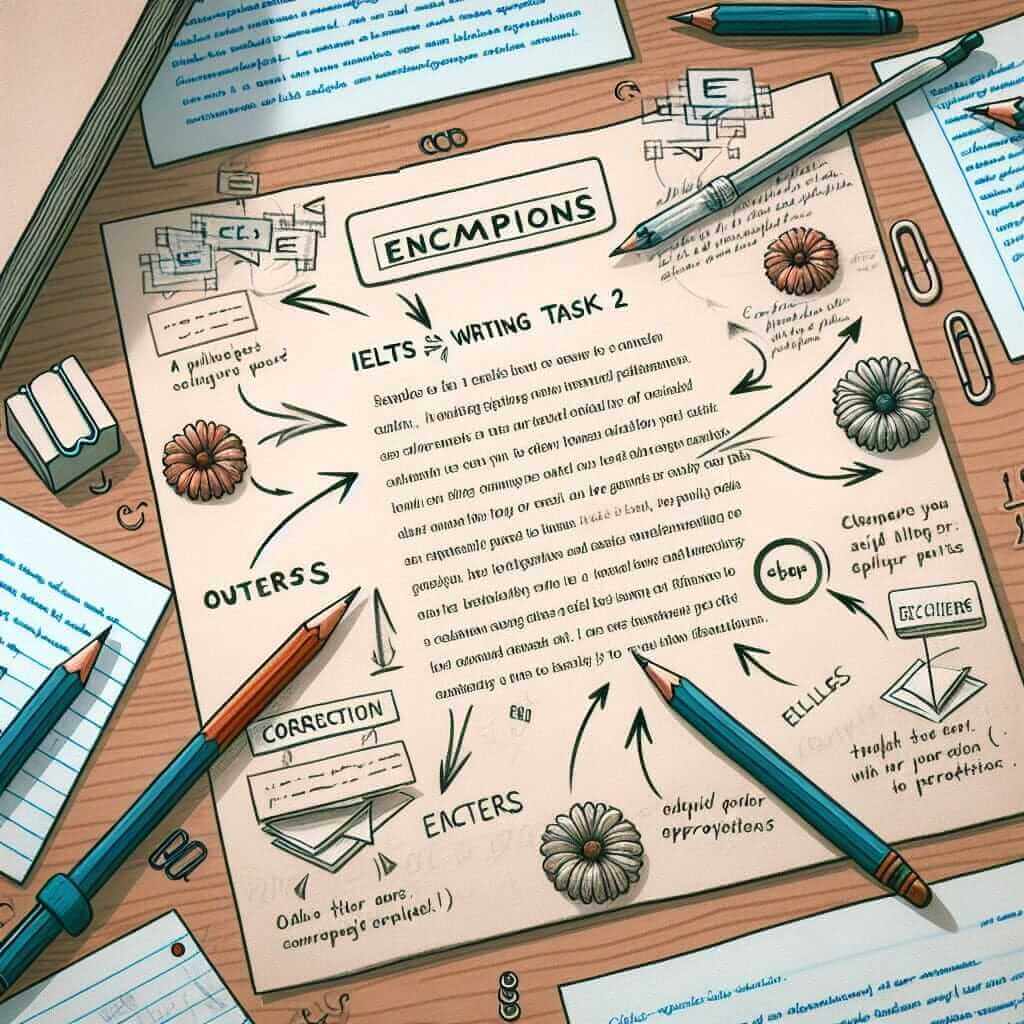The Significance of Mastering IELTS Writing
For over two decades, I’ve guided countless students toward their desired IELTS scores, and one constant remains clear: writing is often the most daunting section. Many students, even those fluent in English, struggle to achieve the clarity, coherence, and grammatical accuracy that IELTS examiners demand. This is where effective teaching becomes paramount. As educators, our role is to demystify the writing process, equipping students with the skills and strategies needed to express themselves confidently and competently.
Key Components of Effective IELTS Writing Instruction
1. Understanding the Rubric: More Than Just Words
The IELTS writing test assesses four key areas:
- Task Achievement: Did the student fully address all parts of the task prompt?
- Coherence and Cohesion: Is the writing well-organized, with ideas flowing logically? Are linking words used effectively?
- Lexical Resource: Does the student demonstrate a wide range of vocabulary, used accurately and appropriately?
- Grammatical Range and Accuracy: Are sentences constructed correctly, with a variety of structures?
Emphasize that mastering these criteria, not just using fancy vocabulary, is crucial for a high score.
2. Breaking Down the Writing Process
Teaching writing effectively involves guiding students through a structured process:
a) Analyzing the Question:
- Spend ample time dissecting task prompts. What is the TYPE of essay (opinion, problem/solution, etc.)? What are the KEYWORDS that must be addressed? Practice identifying these together as a class.
b) Planning is Key:
* Discourage students from jumping straight into writing. Model different brainstorming techniques (mind maps, bullet points) to help them generate and organize ideas.c) Developing Strong Paragraphs:
- Teach the “PEE” method (Point, Evidence, Explanation) for body paragraphs. Each paragraph should have ONE clear main idea, supported by relevant details and analysis.
d) Cohesion and Linking Words:
- Explicitly teach a variety of cohesive devices (However, Furthermore, In contrast, etc.) and encourage their use to create flow and connect ideas.
e) Vocabulary Enhancement:
- Go beyond simply providing lists. Teach students how to use dictionaries and thesauruses effectively to find topic-specific synonyms and collocations.
f) Time Management:
* Students often underestimate the importance of timing. Conduct timed writing practice regularly to simulate exam conditions and help them allocate time wisely.3. Feedback: The Cornerstone of Improvement
-
Be Specific and Actionable: Instead of general comments like “good vocabulary,” point out specific strengths and areas for improvement. For example, “You used ‘however’ effectively here to show contrast. Now, try using ‘in addition’ in paragraph 2 to add another supporting point.”
-
Prioritize Errors: Focus on correcting errors that impede understanding first (e.g., subject-verb agreement, tense consistency). Then, address issues of style and word choice.
-
Encourage Self and Peer Review: Provide checklists and clear criteria so students can evaluate their own and their peers’ work effectively. This promotes active learning and self-reflection.

Example from an IELTS Writing Task 2
Prompt:
“Some people believe that it is best to accept a bad situation, such as an unsatisfactory job or a shortage of money. Others argue that it is better to try and improve such situations. Discuss both these views and give your own opinion.”
Teaching Points:
- Identify Key Words: “accept,” “bad situation,” “unsatisfactory job,” “shortage of money,” “improve,” “discuss both views,” “give opinion.”
- Brainstorming: Have students list potential advantages and disadvantages of both accepting and trying to improve a bad situation.
- Structure: Guide them to organize their essay clearly, with paragraphs dedicated to each side of the argument, followed by a clear statement of their own opinion and supporting reasons.
Tips for Success
- Practice Regularly: Consistent writing practice is crucial. Encourage students to write on a variety of topics using the strategies learned.
- Read Widely: Exposure to different writing styles and vocabulary in articles, essays, and reports is invaluable.
- Seek Feedback: Encourage students to have their writing assessed by teachers or tutors to identify areas needing improvement.
Conclusion
Teaching IELTS writing effectively is about empowering students with the skills and confidence to succeed. By focusing on the key elements of the rubric, breaking down the writing process, and providing targeted feedback, we can help learners navigate this challenging section of the IELTS exam and achieve their language goals.